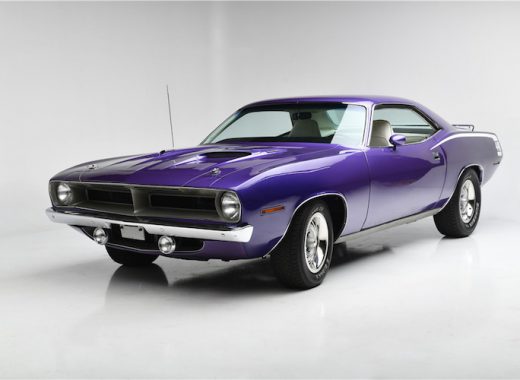Development company and sustainability consultancy group, Vali Homes LLC, will show the community how to implement biophilic design into their homes to make indoor living spaces healthier. Biophilic design is a special technique that use natural elements and scientific design to prompt physical, emotional, and intellectual well-being throughout indoor spaces.
On July 22 and 29, Vali Homes experts will provide opportunities for the public to experience biophilic design by hosting tours of their latest project in Phoenix called Vali Mews. To further educate community members, experts will also participate in an Eco Building Guild Educational Series: Incorporating Biophilic Design webinar, July 26.
“Imagine going indoors to breathe easier, that’s the impact that incorporating biophilic design in homes has on residents’ health,” said Lucas Johnson Vali Homes Building Scientist and Consultant. “Biophilic design can be implemented in any home and is scientifically proven to increase creativity and productivity, relieve stress, improve mental health, and physically help people breathe easier.”
In building Vali Mews in North Phoenix, Johnson worked with architect Matthew Salenger to develop a home that blends technology with traditional ancient building techniques and scientific principles such as biophilic design to elevate day-to-day wellness.
“We also utilize a combination of intuition and scientific studies in our designs to create valuable effects to relax the brain and body, and lower blood pressure, while raising cognitive functions,” said Matthew Salenger, AIA. “This includes natural material choices for floors, walls, built-in cabinets, and stairs, as well as views of the indigenous landscape and the Piestawa Peak Mountain.”
Biophilic design can be implemented through simple environmental components such as color, shapes, patterns, and place-based elements. Simple examples of biophilic designs include the presence of moving water in a room, skylights, and plant walls. In Vali Mews, some windows are placed near the floor to reflect natural light. Other features include the use of sensory materials for common objects such as handrails, door handles, and faucets.
People who tour the home will also learn about the importance of non-toxic durable airtightness (Pro Clima), high thermal mass exterior insulation (Gutex Woodfiber), and low thermal mass interior insulation (Havelock Wool).
“We are opening Vali Mews to help people learn how to better take care of themselves through simple effective changes to their indoor living environment,” said Austin Trautman Vali Homes Building Scientist and Consultant. “We analyzed data from over 10,000 houses to build this home and we want people to come to us to learn and ask questions and see how they can incorporate our building philosophy into their own homes.”
Learn the Secrets of Biophilic Design for Healthier Living
When: Home tours July 22 and July 29, 11 a.m. to 1 p.m.
Where: Vali Mews, 1740 E. Ocotillo Road, Unit 1, Phoenix, AZ 85016
Webinar: Eco Building Guild Educational Series: Incorporating Biophilic Design
July 26 at 6:30 p.m.








